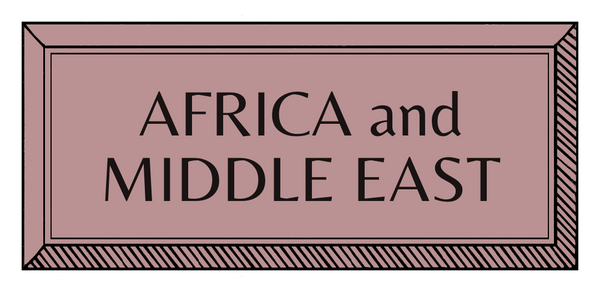CRAFT STORIES | EUROPE | ROMANIA | CERAMICS
The Story of Horezu Pottery

Horezu pottery in motion © George Dumitriu
Nestled in the heart of Romania, the town of Horezu is renowned for its traditional pottery, a vibrant art form steeped in centuries-old craftsmanship and folklore. This UNESCO-recognized craft is known for its unique style, a visual story that celebrates heritage, artistry, and the spirit of Romanian culture, still being written today by the dozens of hands that continue to mold the clay in the village of Olari, on the edge of Horezu.
The origins of Horezu pottery are deeply linked to the historical and cultural development of the region. The craft gained prominence during the era of Prince Constantin Brâncoveanu in the late 17th century. Brâncoveanu, known for his exceptional organizational skills, aimed to create a center near his Hurezi Monastery dedicated to producing refined ceramics worthy of the noble tables of Wallachia.
Until then, luxury tableware had been imported from the Orient at high costs. The artisans of Horezu skillfully combined local traditions with influences brought by imported items from the Levant. The oldest Horezu ceramic pieces were unearthed during archaeological excavations at Brâncoveanu’s palaces. These ceramics served both decorative purposes and were used at festive gatherings, weddings, religious feasts, and in the homes of the affluent.
In 2012, UNESCO designated Horezu pottery as part of the Intangible Cultural Heritage of Humanity, recognizing its role in preserving regional identity and artistry. Each handcrafted piece represents not just a functional item but a connection to the spirit of the past, carried forward by generations of artisans.
The craft requires skilled hands and patience, first selecting high-quality clay from Dealul Ulmetului, which is prepared and shaped by hand. Artisans traditionally use a manual potter’s wheel to shape each item, working with their entire body. Then, the raw vessel is whitened with lime, decorated using the horn (a cow horn with a pierced tip and fitted with a goose feather) and the gaiță (a simple wooden tool with a metal tip used to create very fine patterns, such as the spider web motif specific to this type of ceramic).
This is followed by the first firing in a traditional wood-fired kiln. After this firing, the vessel is coated with glaze before undergoing a second firing. Production is divided into manufacturing processes for men and women, with men typically shaping the vessel and women handling its decoration, though roles within a household are diverse. The pottery is often decorated with traditional Horezu motifs, such as the “Cocoșul de Horezu” (Horezu rooster), which symbolizes pride, strength, and luck and other common signs like the snake, tree of life, spiral, sun and peacock tail.

© Marius Caraman; Archive National Museum of the Romanian Peasant
For the UNESCO site, take a 2km detour from Horezu, to the village of Olari. Here, almost every household is a workshop where families who have been making pottery for generations still pass down these techniques. The facades of the houses serve as a permanent exhibition of pottery, and the potters are welcoming you inside, explaining, and sharing their stories. Ioana Mischiu from Olari is a renowned artisan.
As part of a community where pottery has been a revered craft for generations, Ioana has distinguished herself with her intricate archaic hand-painted designs. Pottery has remained the main source of income for many potter families such as Vicșoreanu, Ogrezeanu, Mischiu, Iorga, Frigura, and Popa. Horezu pottery is not just a relic of the past but a living craft, continually evolving and connecting past traditions with present-day creativity.
Locally, visit the Ceramic Art Gallery in the city of Horezu and the Vicșoreanu Museum in the village of Olari to understand the craft history and see remarkable pieces. In recent years, pottery fairs and local markets have bolstered awareness and appreciation for Horezu ceramics, attracting tourists and collectors alike.
For those interested in experiencing Horezu pottery firsthand, the town of Horezu hosts an annual ceramics fair called 'Cocoșul de Hurez', typically held in June. Here, artisans from across Romania gather to showcase and sell their work, making it an ideal place to purchase authentic pieces. Visitors can also explore pottery workshops in Olari, where artisans often welcome guests to observe the pottery-making process and even try their hand at crafting their own piece.
In addition to local markets and fairs, authentic Horezu pottery can be found in the village of Olari. Also, artisanal shops across Romania and online stores are specialized in traditional crafts, allowing admirers worldwide to bring a piece of this rich heritage into their homes.

Image © George Dumitriu
Words by Alexandra Mihailciuc
Images by Marius Caraman © Archive of the National Museum of the Romanian Peasant | Images of Ioana Mischiu in her workshop by George Dumitriu













































